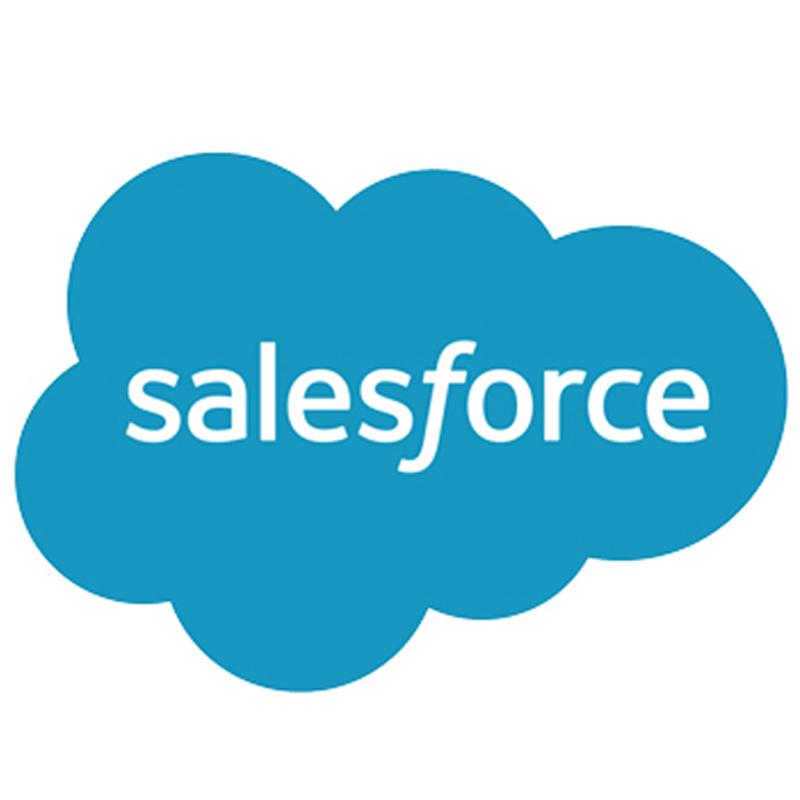
What is driving innovation in the higher education sector?

Salesforce
Salesforce for Education provides an integrated platform to expand the reach and impact on your campus.
As digital and hybrid delivery becomes the norm in higher education, universities must transform not only their pedagogy but also their infrastructure and culture. During a webinar held by ����Vlog in partnership with Salesforce.org, experts from academia and industry came together to discuss the challenges and opportunities that digital transformation has presented.
“The ways in which universities are evolving to support the success of students, faculty and other staff members is set to be increasingly important moving forward,” said George Alecou Valerkou, industry marketing manager at Salesforce.org. “Higher education trailblazers are emerging with new goals, new programmes, and more. They have recognised that their capacity for change and innovation is determined by the strength of the technology they choose to invest in.”
However, despite the demand for digital and hybrid learning, some IT challenges persist within the higher education space. “By 2024, 40 per cent of education institutions will adopt a hybrid-first approach to operations and service delivery, driven by a high demand for flexible learning options among students and lifelong learners,” said Ignacio Cobisa, senior research analyst at IDC. “For universities, therefore, the task is to optimise their digital transformation plans now.”
“We take into account various criteria when deciding which tools are the right ones to use for our students and faculty members,” said Narcís Vidal Borrell, head of digital and customer relationship management at the Institut Químic de Sarrià. “For us, no-code is very important [because] users with no software development skills can make alterations to the tools so they suit their needs.”
“Building on what Narcís said, change management and the cultural shifts that an organisation goes through when disruption strikes are hugely important,” Cobisa continued. “When we talk about the future of work, we talk about three different dimensions: culture, space and technology. Collectively, these three factors are vital for changing the way institutions interact and collaborate.”
Departmental silos are another reason institutions can fail to collaborate effectively, with different software and procedures preventing a more holistic view of the learner journey. Information-sharing is essential to breaking down these silos, as are student-centric systems. The latter can help improve outcomes by providing a 360-degree view – one that integrates learner data across all the back-office functions of the university.
“One thing that we really take advantage of with our customer relationship management is using information from different departments,” Borrell explained. “Sometimes we may be looking to create new networks with industry, for example, but we might already have existing contacts with a particular employer. By using our customer relationship management in a non-siloed manner, we have empowered our departments to leverage and strengthen the connections we already have, both in-person and [with] digital interactions.”
“The students entering university today are demanding hybrid learning spaces,” Cobisa said. “Technology has to move extremely fast. We see a lot of developments in areas like augmented reality and virtual reality to accelerate innovation and enable immersive, engaging and collaborative educational experiences. I think we’ll see a lot more movement in these areas in the not too distant future.”
Although future developments are certainly generating a lot of excitement in the higher education space, there is also plenty of anticipation surrounding recent innovations. “The most effective investment that we have made in terms of digital transformation has been our use of a customer relationship management platform,” Borrell commented. “This allowed us to use data from various departments in real time, improve our decision-making process and adapt our pedagogy rapidly when the pandemic hit.”
The panel:
- Narcís Vidal Borrell, head of digital and customer relationship management, Institut Químic de Sarrià
- Ignacio Cobisa, senior research analyst, IDC
- Alistair Lawrence, special projects editor, ����Vlog (chair)
- George Alecou Valerkou, industry marketing manager, Salesforce.org
What is top of mind for students coming out of the pandemic and how can your teams support at scale? Learn more in the
This case study from IDC shares how higher education institutions in the UK, such as LSE and Coventry University, are considering key challenges and success factors of innovation and digital transformation. .
Este informe de IDC comparte cómo las instituciones de educación superior del en España, como la Universidad Internacional de la Rioja y la Instituto Químico de Sarrià, están considerando los desafíos clave y los factores de éxito. .
Watch the webinar on demand above or on the .
about Salesforce.org.
